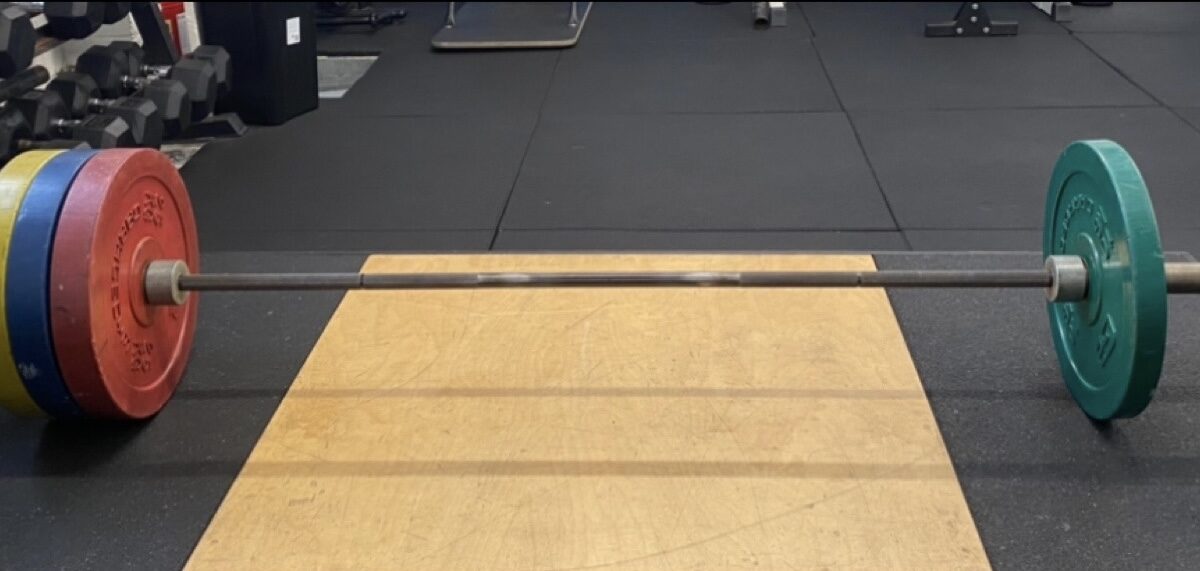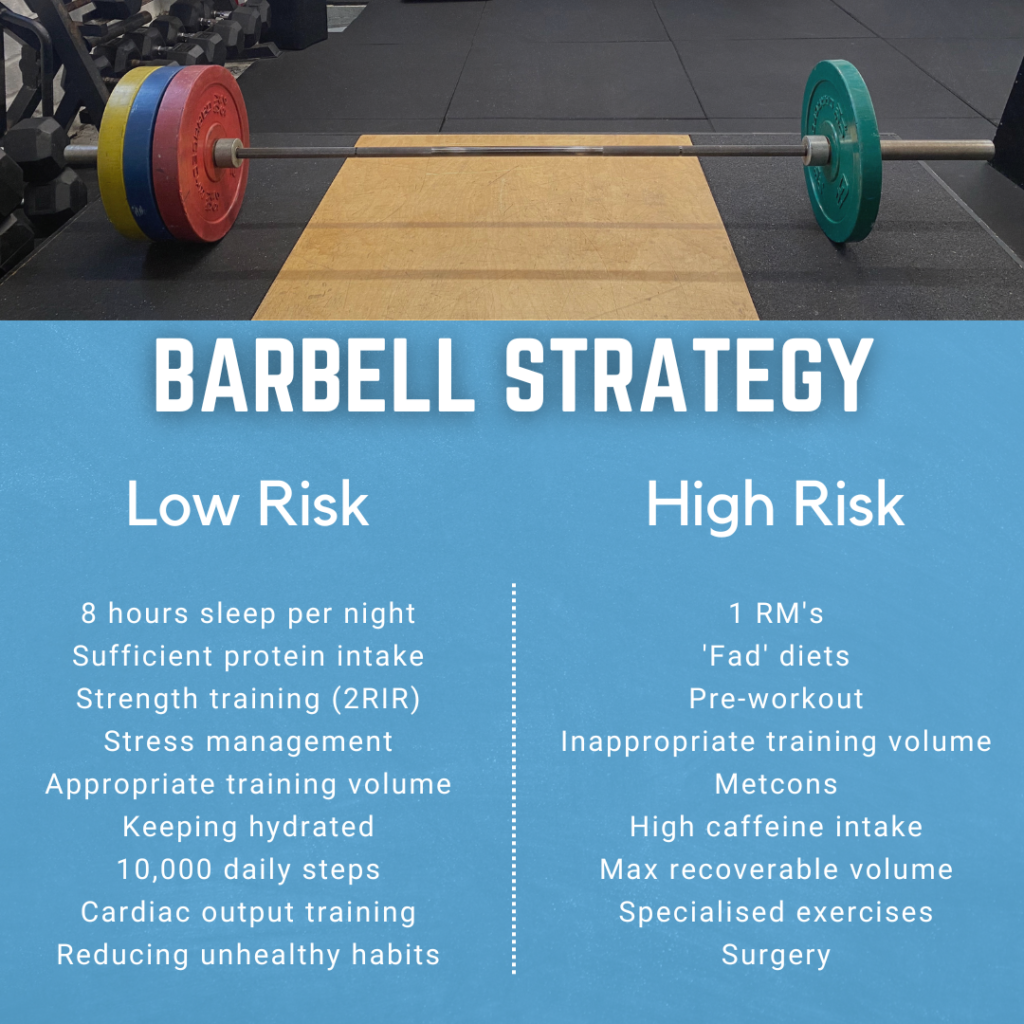
Barbell Strategy
This post is not actually a rant on how to load or unload a barbell the correct way – although at times I think there should be one as a reference, but it is influenced by (completely taken from) the works of Nassim Nicholas Taleb and from his book Antifragile, which I read during lockdown when trying to improve my own robustness.
The concept was originally written with financial and investing strategies in mind but with the name, it seems appropriate to look at it through the lens of training also.
As a disclaimer, Taleb seems to be bunched in with the pseudo-stoics for the most part but I particularly like his curt nature and ability to cut through the bullshit and bluster when it comes to most things – and that is a particularly useful skill to have and cultivate in the Instagram poisoned fitness industry…
His ideas are also mirrored in the works of Mladen Jovanovic and William Wayland – both whom I respect and am influenced by.
What is the Barbell Strategy?
The Barbell Strategy is a dual strategy that looks at maximising the upside of a given approach and minimising the risk. It is a more robust method than a monomodal (rigid) strategy and combines other approaches of ‘Via Positiva’ and ‘Via Negativa’, and even that of ‘Trial and Error’.
Picture a barbell, it has two ends – the left focusing on minimising the risk or downside and the right, enhancing the upside by chasing risk to some degree. The ‘barbell’ is not symmetrical – it is unevenly loaded, where the majority of the decision making resides on the left. This protects from the downside – it is a robust strategy because it maximises the upside but still allows for some exposure to high rewards via some risk – of which will not lead to ruin if things do not work out.

As this strategy is a combination of extremes, it is the antithesis of ‘everything in moderation’. The goal being to avoid the middle, where returns are minimal and exposure to large(er) risks are still very much present. And it is worth mentioning that the biggest proponents of ‘everything in moderation’, almost always fail to accurately measure the risks or poor decisions they make.
It can be enticing to focus on the right side of the barbell – the prospect of high rewards while making up for lost time… but without implementing the above strategy and the correct asymmetry, the chances of success are loaded with risk and danger.
Success comes in identifying the low risk high reward strategies and making these the foundation of the plan. The high risk high reward strategies need to be identified too and then an assessment to determine how viable pursuing these for a given time should be.
Undertaking the above will allow the trainee to get the best of both worlds – sustainability and growth. But as with all things fitness and S&C related, context is important and most methods and strategies sit on a continuum and need to be regularly assessed.
It just makes sense to aim for the ‘lowest hanging fruit’ before looking at complex solutions and aiming to achieve maximal response via minimal effective dose. In layman’s terms, persuing ‘bang for buck’.
To quote Taleb – ‘ Just as Stoicism is the domestication, not the elimination, of emotions, so is the barbell a domestication, not the elimination, of uncertainty’.
